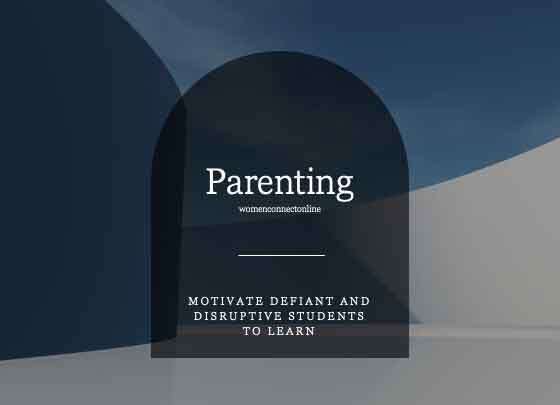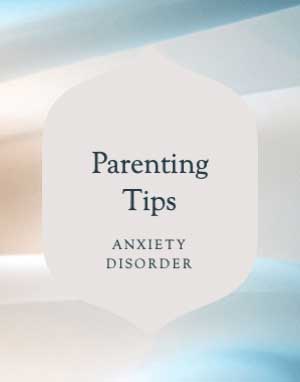Homeschooling A Child With Autism

With the new data just released indicating Autism is more prevalent than once thought, schools are being challenged to provide increased services for a growing number of children. Upon experiencing several concerns regarding my son’s education within the public school system, I was faced with making a difficult decision. Despite his IEP (Individualized Education Plan), his educational needs were not being met. Direct instruction within the classroom was lackluster. His behaviors were not being properly assessed and opportunities for learning within his environment were not being provided. A trial period in a self contained classroom led to regression. Despite the public school’s “zero tolerance” policy, bullying also became an issue. Although, I did not have the confidence to believe I could effectively educate him at home given his diagnosis on the Autism spectrum, I knew I had to action.
As a parent who knows her child best, I knew the first changes I had to make were within his working environment. Lighting, noise, colors within the room and external stimulation were factors which needed to be controlled for optimal performance. In a traditional classroom with an average of 20-30 students, it is understandable that such changes could not be easily accommodated. In addition, his teacher was not properly

trained in teaching a child on the Autism spectrum, therefore, she became frustrated as well. Along with changes within his environment came modifications to assignments and lessons. I found that working with flash cards for learning multiplication tables was more effective than asking him to write the tables.
This type of one-on-one interaction within an environment conducive to learning eliminated much of the anxiety associated with being in a classroom setting which was often over stimulating and confusing for my son. In the public school, one-on-one instruction could not be accommodated and his aide was often pulled to provide coverage elsewhere, thus, leaving him alone in a sea of chaos. At home, learning was focus-based with less time spent on non-academic activities.
Homeschooling provides for better opportunities for socialization. Critics will always present the myth that homeschooling isolates a child and prevents socialization with peers. In the public school, my son ate lunch alone each day and was excluded from playground activities such as kick ball. Lunch monitors did not facilitate group play, therefore his opportunities for socialization were absent. Upon being homeschooled, there was more time in the day for him to participate in clubs and activities which provided positive social interactions with peers.
As I became more comfortable with my ability to homeschool my son, I realized I also had to undergo a transformation. After many years in the public school system, my brain was programmed to operate according to that schedule. Once I broke the mold, I saw that our days were less frustrating and more productive when I allowed my son to “sleep in.” Homeschooling affords a flexibility which traditional schooling does not. Homeschooling allows for melt downs and sleepless nights. Rather than being too sleepy to perform at school or having to miss school altogether, his academic performance improved dramatically and his eagerness to learn sky rocketed!
The decision to homeschool is a personal choice which takes into account many factors which can place a strain on the family unit. Homeschooling can require an increased amount of time and effort for it to be successful. This will involve support from the entire family. There is a financial sacrifice to consider when deciding to homeschool as one parent must remain home.
Another consideration is the effect on the siblings. The one-on-one time spent with your homeschooled student could mean less time spent with their siblings. Such time can also be viewed as alone time which the siblings feels they are not getting. Sometimes, siblings express a desire to be homeschooled as well. Create a schedule which meets the needs of all of your children.
While being wildly successful, homeschooling can also be challenging. Local support groups or homeschool association can offer fantastic resources. In our home, it is refreshing to see a child who now loves to learn, is an active member of the community and interacts beautifully with those within his social circle!
Victoria Marin is the author of Aiden’s Waltz, a children’s book about a young boy with Autism who overcomes many of his special challenges through the art of ballroom dancing. She is a graduate of New York  University with a degree in Occupational Therapy. As a member of the faculty of Red Oak Academy, Ms. Marin develops Individual Education Plans for children with special needs participating in the school’s live online homeschool classes. For more information, visit www.aidenswaltz.com or www.roaschool.com.
University with a degree in Occupational Therapy. As a member of the faculty of Red Oak Academy, Ms. Marin develops Individual Education Plans for children with special needs participating in the school’s live online homeschool classes. For more information, visit www.aidenswaltz.com or www.roaschool.com.
Learn more about the advantages of home schooling here
http://www.blogtalkradio.com/





